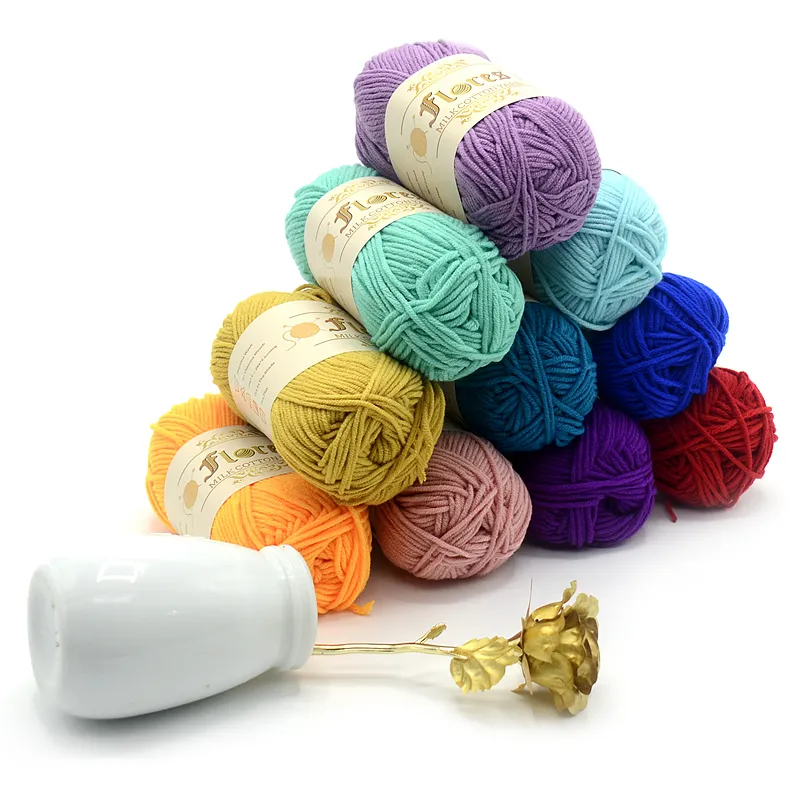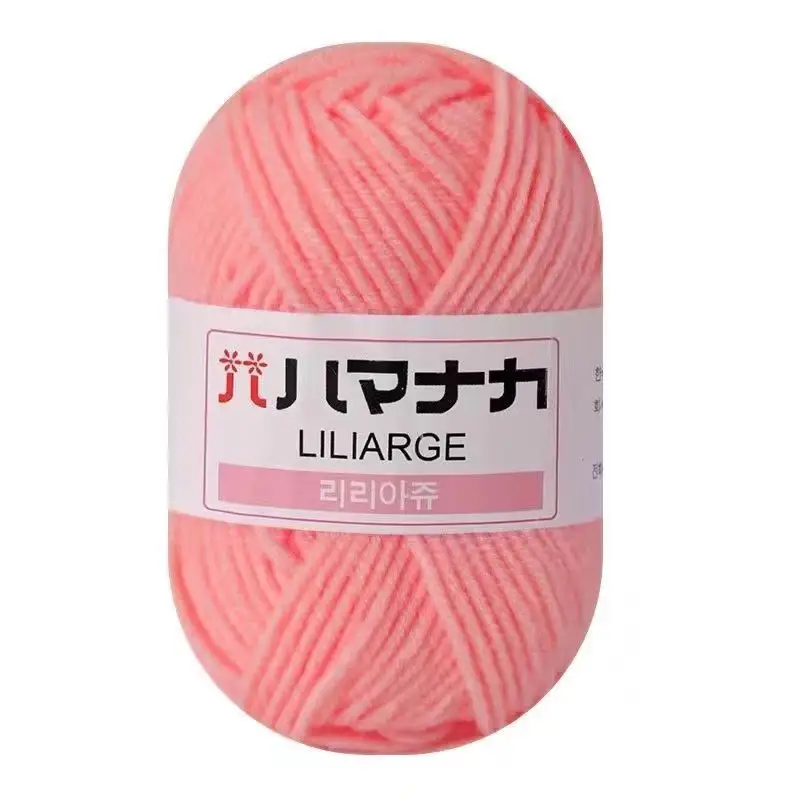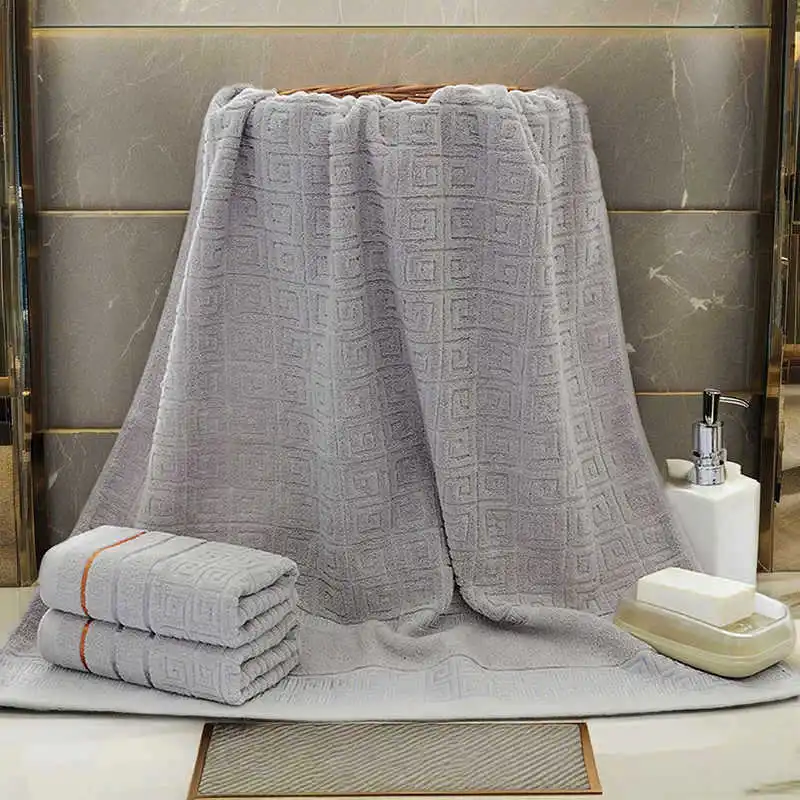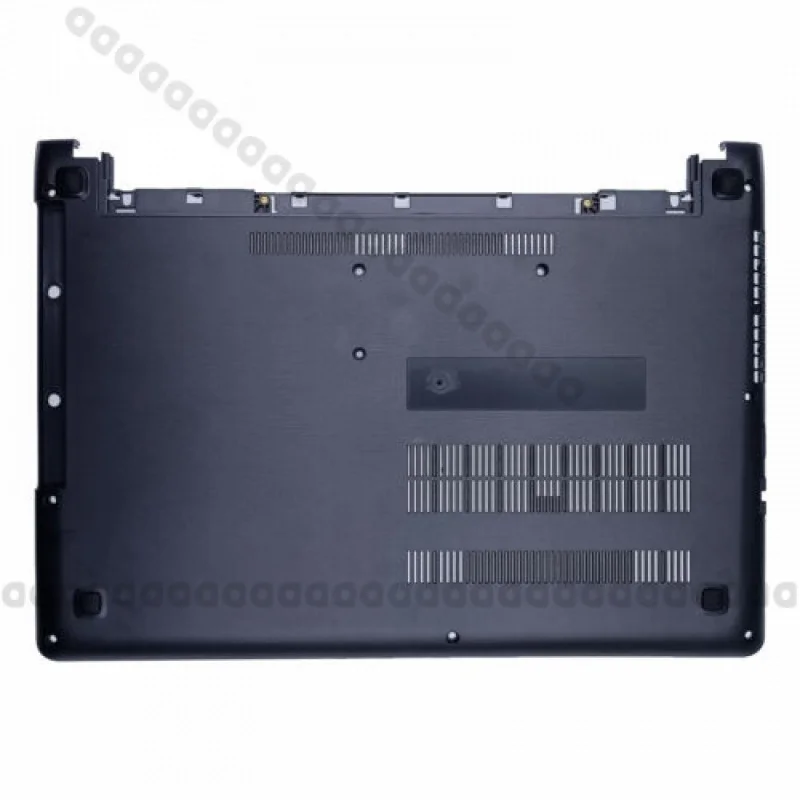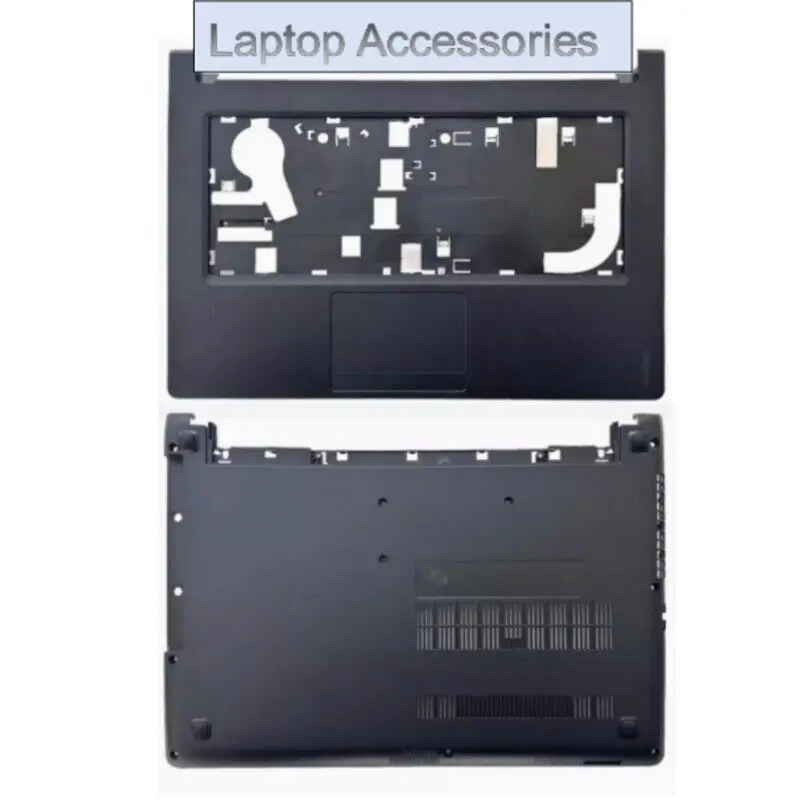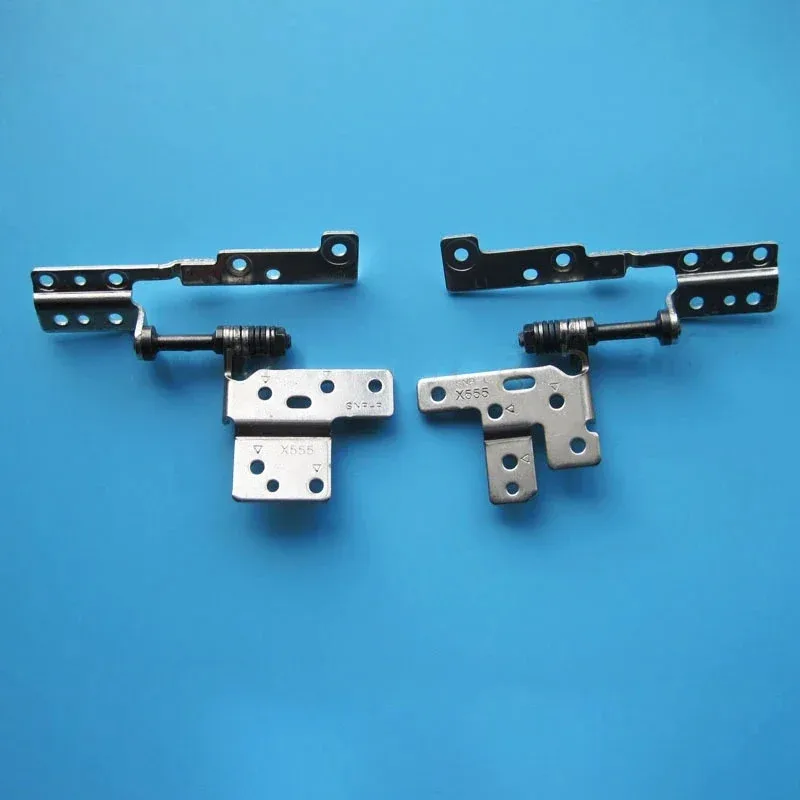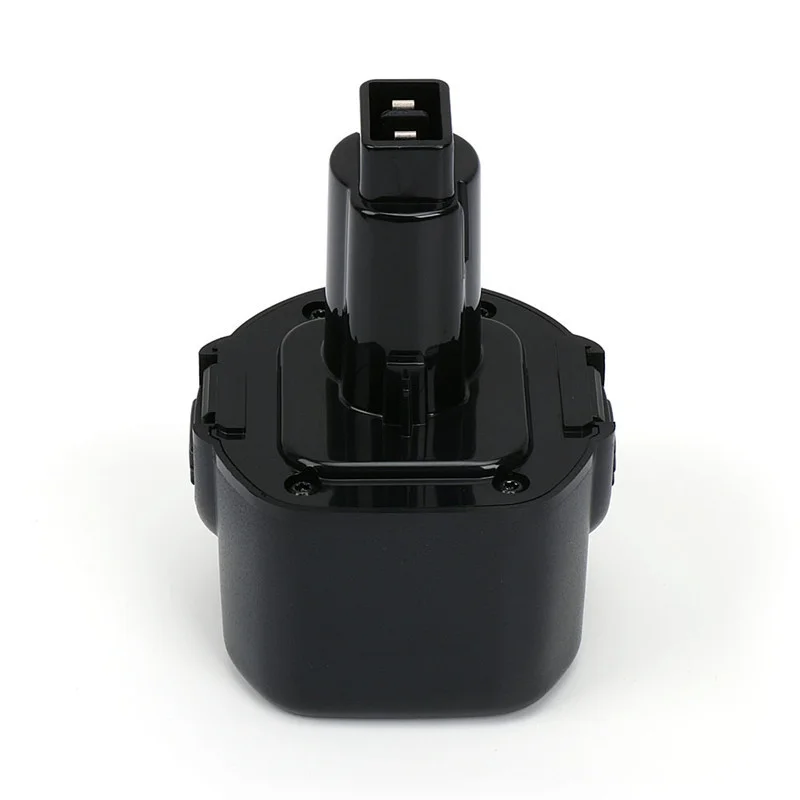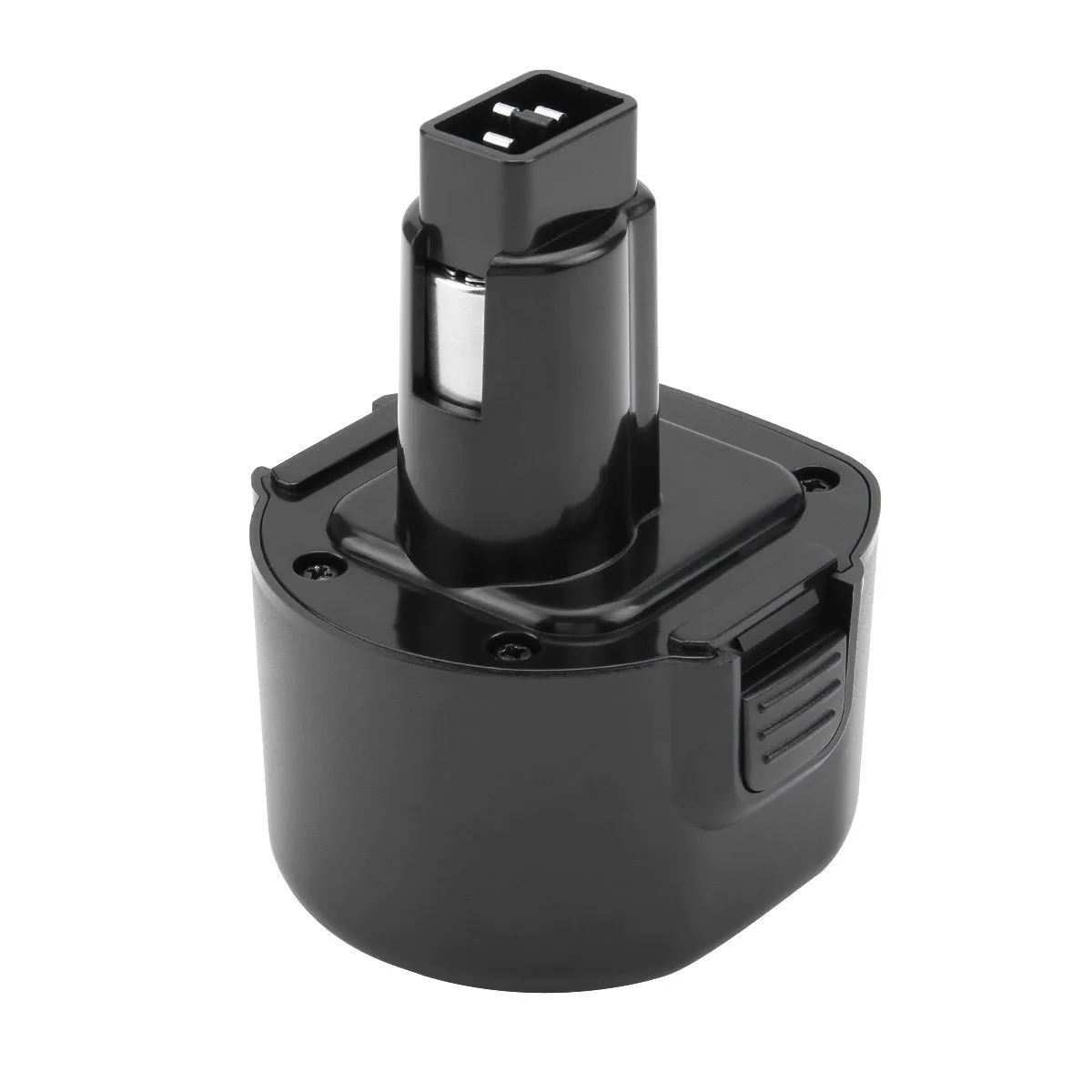Высокопрочная огнеупорная арамидная швейная нить пряжа из смешанного шелка с параарамидом и мета-арамидом для защиты от
- Категории: >>>
- Поставщик: Shenzhen,Boyue,New,Technology,Co.,Ltd.
Поделиться:
Описание и отзывы
Характеристики

What is pre-oxidized pan (Panox, preox, OPAN, OX, OPF, PYROMEX ) fiber?
Preoxidized polyacrylonitrile fiber is a kind of high performance fiber material, which is obtained by using polyacrylonitrile as raw material through high temperature thermal stability treatment. Preoxidation is a heat treatment process that oxidizes polypropylene fibers at high temperatures to make them have higher thermal stability and strength. It can withstand up to 350℃ high temperature environment, preoxidized polyacrylonitrile fiber also has the advantages of small specific gravity, small thermal expansion coefficient, good chemical stability and so on.
The performance characteristics of OPAN fibers include Limiting oxygen index (LOI) values between 45% and 55%. Excellent flame and thermal dimensional stability. Easy to process into yarns, woven fabrics, knitted fabrics and non-woven fabrics. Soft and comfortable felt and fabric. There are three denier sizes (1.7dtex, 2.2dtex and 5.0dtex) and two different fiber densities (1.37 g/cc and 1.40 g/cc) to choose from. The limiting oxygen index (LOI) value depends on the fiber density.
The performance characteristics of OPAN fibers include Limiting oxygen index (LOI) values between 45% and 55%. Excellent flame and thermal dimensional stability. Easy to process into yarns, woven fabrics, knitted fabrics and non-woven fabrics. Soft and comfortable felt and fabric. There are three denier sizes (1.7dtex, 2.2dtex and 5.0dtex) and two different fiber densities (1.37 g/cc and 1.40 g/cc) to choose from. The limiting oxygen index (LOI) value depends on the fiber density.
Pre-oxidized pan fiber characteristic
Preoxygenated polystyrene fiber, commonly referred to as polyethylene terephthalate (PET) fiber, is a widely utilized synthetic fiber. This type of fiber exhibits exceptional flame retardancy, with a limiting oxygen index ranging from 45% to 55%. It demonstrates excellent thermal stability; when burned, the fiber does not melt, soften, or shrink and produces no dripping droplets, classifying it as a quasi-non-combustible material. Additionally, it offers effective thermal insulation properties along with resistance to acid and alkali corrosion, chemical environments, and radiation. Its suitability for textile processing is notable due to its lightweight nature, softness, good water absorption capabilities among other advantages. Most importantly, this material can self-extinguish when exposed to fire making it an effective fire insulation solution.
Pre-oxygenated polyacrylamide fiber exhibits the following functions and characteristics:
■ Chemical Resistance: This fiber demonstrates exceptional chemical resistance, effectively withstanding a wide range of
substances, including acids and alkalis.
■ Lightweight and Comfortable: Pre-oxygenated polyacrylamide fiber is lightweight, soft to the touch, and offers excellent air
permeability, making it ideal for personal apparel.
■ Ease of Processing: The processing capabilities of pre-oxygenated PAN fiber are commendable; it can be easily woven and sewn.
■ Environmental Sustainability: Pre-oxygenated PAN fiber is recyclable and reusable, aligning with environmental standards
suitable for producing sustainable textiles.
The fiber pad from the pre-oxidation process can endure prolonged exposure to high temperatures up to 220 degrees Celsius without
aging or shrinking while resisting combustion at temperatures reaching 1000 degrees Celsius.
In summary, pre-oxidized PAN fiber possesses flame retardant properties along with high-temperature resistance, chemical corrosion
resistance, lightweight comfort, ease of handling, and environmental sustainability. These attributes render it suitable for
various applications in clothing manufacturing as well as household goods and industrial products.
■ Chemical Resistance: This fiber demonstrates exceptional chemical resistance, effectively withstanding a wide range of
substances, including acids and alkalis.
■ Lightweight and Comfortable: Pre-oxygenated polyacrylamide fiber is lightweight, soft to the touch, and offers excellent air
permeability, making it ideal for personal apparel.
■ Ease of Processing: The processing capabilities of pre-oxygenated PAN fiber are commendable; it can be easily woven and sewn.
■ Environmental Sustainability: Pre-oxygenated PAN fiber is recyclable and reusable, aligning with environmental standards
suitable for producing sustainable textiles.
The fiber pad from the pre-oxidation process can endure prolonged exposure to high temperatures up to 220 degrees Celsius without
aging or shrinking while resisting combustion at temperatures reaching 1000 degrees Celsius.
In summary, pre-oxidized PAN fiber possesses flame retardant properties along with high-temperature resistance, chemical corrosion
resistance, lightweight comfort, ease of handling, and environmental sustainability. These attributes render it suitable for
various applications in clothing manufacturing as well as household goods and industrial products.
Preox fiber Application
Preoxygenated polyamide fiber is a type of synthetic fiber that is polymerized from polyamide prepolymer under conditions of
elevated temperature and pressure. It exhibits outstanding properties such as flame retardancy, high thermal resistance, and
exceptional chemical stability, resulting in a broad range of applications across various fields:
■ Textile Industry: Pre-oxidized polypropylene fiber can be utilized for spinning and weaving, finding extensive use in protective
clothing for steel mills, aluminum plants, welding operations, and furnace environments to ensure worker safety. This fiber
supports diverse textile processing techniques including needling, sewing, heat bonding, chemical bonding, air mesh formation, wet
mesh production, ring spinning, drawing processes as well as knitting and weaving. End-use applications encompass aircraft brake
prefabricated components; transportation insulation; flame-retardant layers; fire blankets; welding blankets; kitchen fire
shields; wine hoods; machine shields; thermal barriers; soundproofing materials; vibration-damping linings; flame-resistant
apparel; expansion meshes; along with serving as raw materials for carbonized and graphitized yarns, fabrics and felts.
■ Industrial Sector: Preoxygenated silk fibers demonstrate remarkable heat resistance and corrosion resilience against chemicals
making them suitable for the fabrication of industrial machinery components under high-temperature and high-pressure scenarios.
■ Electronics Industry: Preoxygenated polyacrylonitrile fibers possess excellent electrical insulation characteristics which
enable their application in the manufacturing of high-voltage cables and electronic devices.
■ Other Applications: Additionally, preoxygenated polyacrylonitrile fibers are employed in the production of advanced sports
equipment as well as aerospace technology.
■ In summary, preoxy polyacrylonitrile fibers present significant prospects due to their superior physical and chemical
attributes.
elevated temperature and pressure. It exhibits outstanding properties such as flame retardancy, high thermal resistance, and
exceptional chemical stability, resulting in a broad range of applications across various fields:
■ Textile Industry: Pre-oxidized polypropylene fiber can be utilized for spinning and weaving, finding extensive use in protective
clothing for steel mills, aluminum plants, welding operations, and furnace environments to ensure worker safety. This fiber
supports diverse textile processing techniques including needling, sewing, heat bonding, chemical bonding, air mesh formation, wet
mesh production, ring spinning, drawing processes as well as knitting and weaving. End-use applications encompass aircraft brake
prefabricated components; transportation insulation; flame-retardant layers; fire blankets; welding blankets; kitchen fire
shields; wine hoods; machine shields; thermal barriers; soundproofing materials; vibration-damping linings; flame-resistant
apparel; expansion meshes; along with serving as raw materials for carbonized and graphitized yarns, fabrics and felts.
■ Industrial Sector: Preoxygenated silk fibers demonstrate remarkable heat resistance and corrosion resilience against chemicals
making them suitable for the fabrication of industrial machinery components under high-temperature and high-pressure scenarios.
■ Electronics Industry: Preoxygenated polyacrylonitrile fibers possess excellent electrical insulation characteristics which
enable their application in the manufacturing of high-voltage cables and electronic devices.
■ Other Applications: Additionally, preoxygenated polyacrylonitrile fibers are employed in the production of advanced sports
equipment as well as aerospace technology.
■ In summary, preoxy polyacrylonitrile fibers present significant prospects due to their superior physical and chemical
attributes.
Contact us to get free samples! ! ! | ||||||||







1. Company situation (years of establishment, foreign trade team)
The company was established in 2018, headquartered in Shenzhen, and formed a foreign trade team in 2023.
2. What certifications does the company have, and which certifications are not available in all companies in the same industry?
3. What are the advantages of company products (price, raw materials, workmanship, quality inspection, service, etc.)
Price: Large company scale, high production volume, and precise cost control
Raw materials: Only aviation grade raw materials are used
Equipment: Introducing advanced weaving equipment and automated extrusion equipment from Germany
Quality inspection: Strictly control every detail from raw materials to finished product packaging
4. Has the company participated in Alibaba activities (such as Qicheng, Orange Merit Camp, Dream Seeking, Orange Battle, etc.)? Do you have any relevant photos?
nothing
5. Are there any positive reviews of the company from customer communication? Do you have a screenshot
nothing
6. Does the original intention show the company's credit insurance to the buyer?
like
7. What are the well-known large enterprises among existing customers?
China Aviation Technology Industry Co., Ltd
8. Has the company participated in major foreign exhibitions? Do you have any relevant photos?
nothing
9. Company product positioning, such as targeting high-end consumer customers or low-end consumer customers? Running volume or doing high value-added?
High end consumer customers and sales volume
10. What is the company's market positioning and the main export markets in which regions?
The company was established in 2018, headquartered in Shenzhen, and formed a foreign trade team in 2023.
2. What certifications does the company have, and which certifications are not available in all companies in the same industry?
3. What are the advantages of company products (price, raw materials, workmanship, quality inspection, service, etc.)
Price: Large company scale, high production volume, and precise cost control
Raw materials: Only aviation grade raw materials are used
Equipment: Introducing advanced weaving equipment and automated extrusion equipment from Germany
Quality inspection: Strictly control every detail from raw materials to finished product packaging
4. Has the company participated in Alibaba activities (such as Qicheng, Orange Merit Camp, Dream Seeking, Orange Battle, etc.)? Do you have any relevant photos?
nothing
5. Are there any positive reviews of the company from customer communication? Do you have a screenshot
nothing
6. Does the original intention show the company's credit insurance to the buyer?
like
7. What are the well-known large enterprises among existing customers?
China Aviation Technology Industry Co., Ltd
8. Has the company participated in major foreign exhibitions? Do you have any relevant photos?
nothing
9. Company product positioning, such as targeting high-end consumer customers or low-end consumer customers? Running volume or doing high value-added?
High end consumer customers and sales volume
10. What is the company's market positioning and the main export markets in which regions?
America, Malaysia, Germany, Türkiye, Italy, Thailand, Russia, Indonesia, Vietnam, India, Brazil, South Korea, Japan, Cambodia, Philippines

Title goes here.
Semi-Automatic PET Bottle Blowing Machine Bottle Making Machine Bottle Moulding Machine
PET Bottle Making Machine is suitable for producing PET plastic containers and bottles in all shapes.
PET Bottle Making Machine is suitable for producing PET plastic containers and bottles in all shapes.







